Contents
- 1 What Is a Rigid-Flex PCB?
- 2 What Are the Advantages of Rigid-Flex PCB?
- 3 Rigid-Flex PCB Applications and Uses
- 4 Choosing the Materials to Streamline Assembly of Flexible and Rigid-flex PCB
- 5 What You Should Know About the Manufacturing Technology of a Rigid-Flex PCB
- 6 Design Tips to Streamline Assembly of Flexible and Rigid-flex PCBs
- 7 Conclusion
What Is a Rigid-Flex PCB?
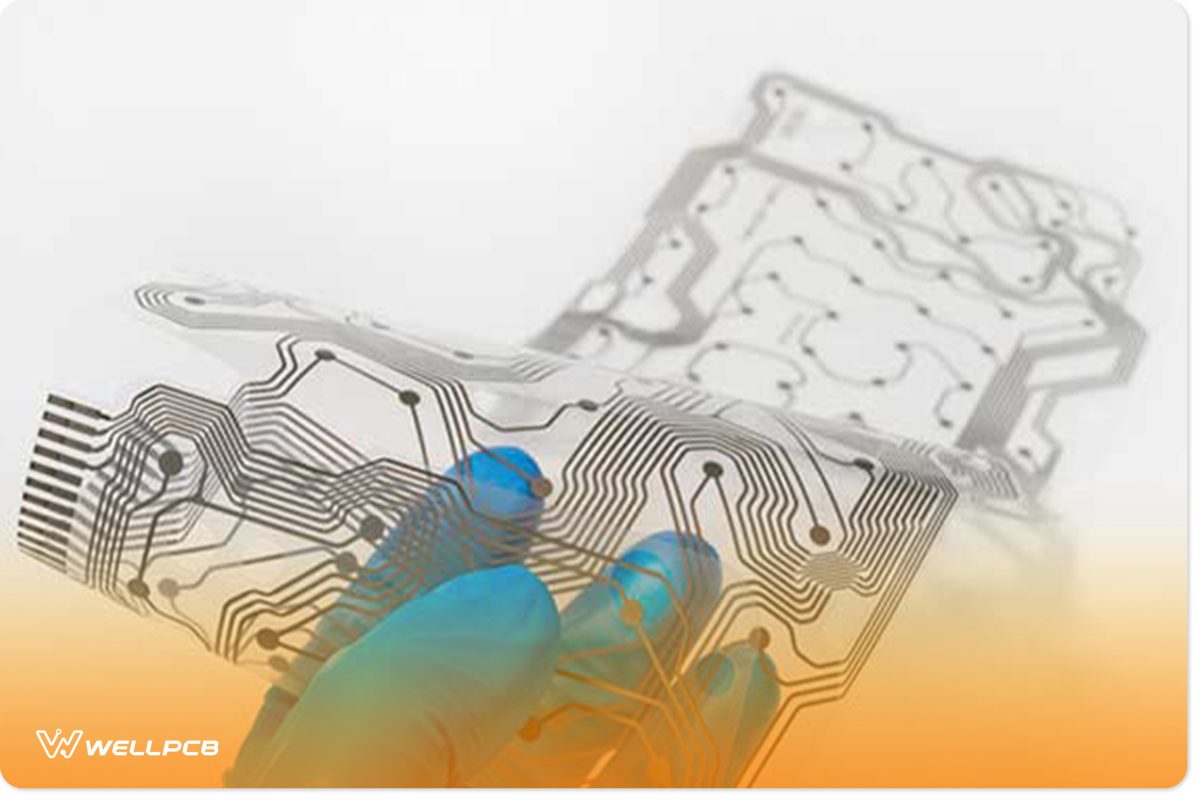
Let’s remind you that a printed circuit board is a crucial part of many electronic products. It serves to connect other electronic components of the product and ensure its proper functioning. Although its history goes back over a century, it was around 1936 when the first PCB was used in a product.
Today, PCBs are widely popular, and the world market went over $60 billion several years ago. The manufacturing process has also improved, and we now have both rigid and WellPCB DC motor controllers in domestic and international markets. We have flexible printed circuit boards.
If you want the best of both, you should consider a rigid-flex PCB. Those are boards that utilize a mixture of rigid and flexible technology.
What Are the Advantages of Rigid-Flex PCB?
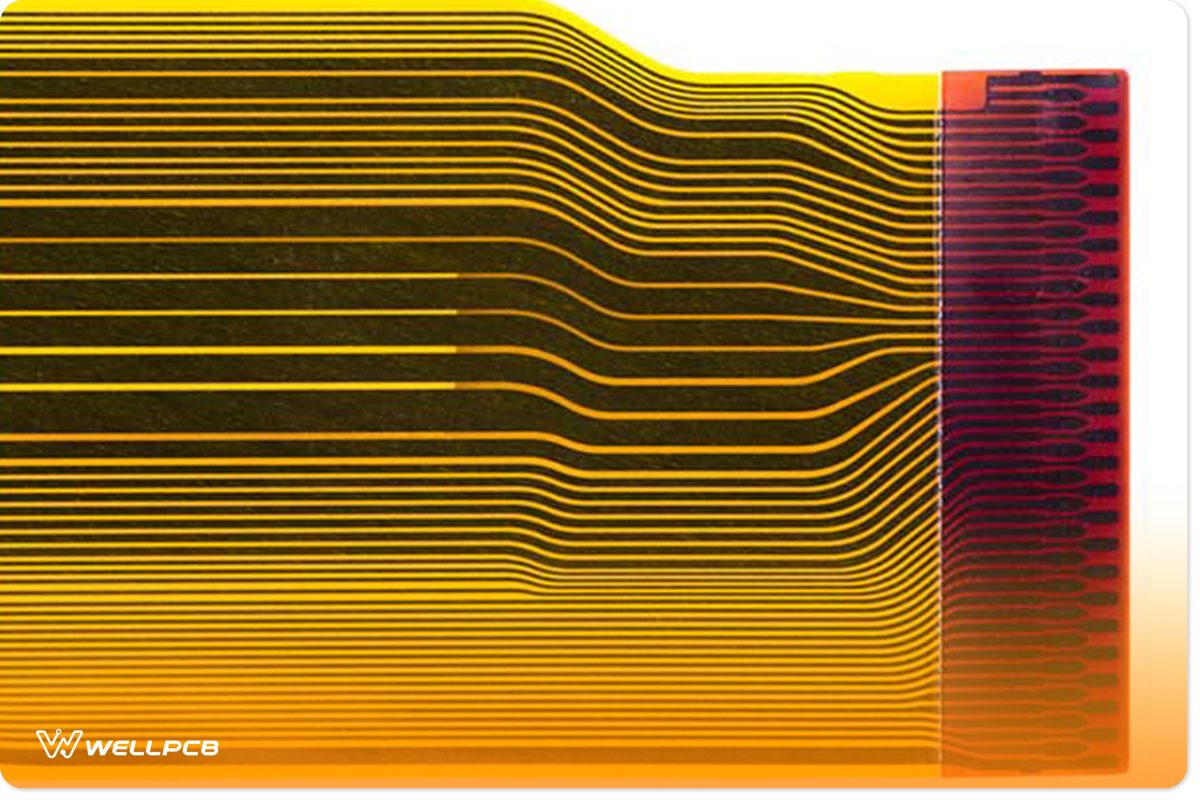
The idea of combining the best from flex and rigid boards is to maximize reliability while optimizing the cost and streamlining the assembly process.
The primary benefit includes eliminating cables and connectors’ requirements that would otherwise be placed between rigid components.
As a result, you will have a board that is easier to manufacture and smaller in size and weight.
Flex and rigid circuit boards are connected permanently. It is vital to know that this can only improve the reliability of the board.
When Rigid-flex boards don’t use as many solder joints as their rigid counterparts, as a result, you immediately ensure that the connections are more reliable.
Additionally, the assembly process will be streamlined because the manufacturers can handle boards easily.
Furthermore, the entire process and test conditions are made relatively simple and take less time.
Rigid-Flex PCB Applications and Uses
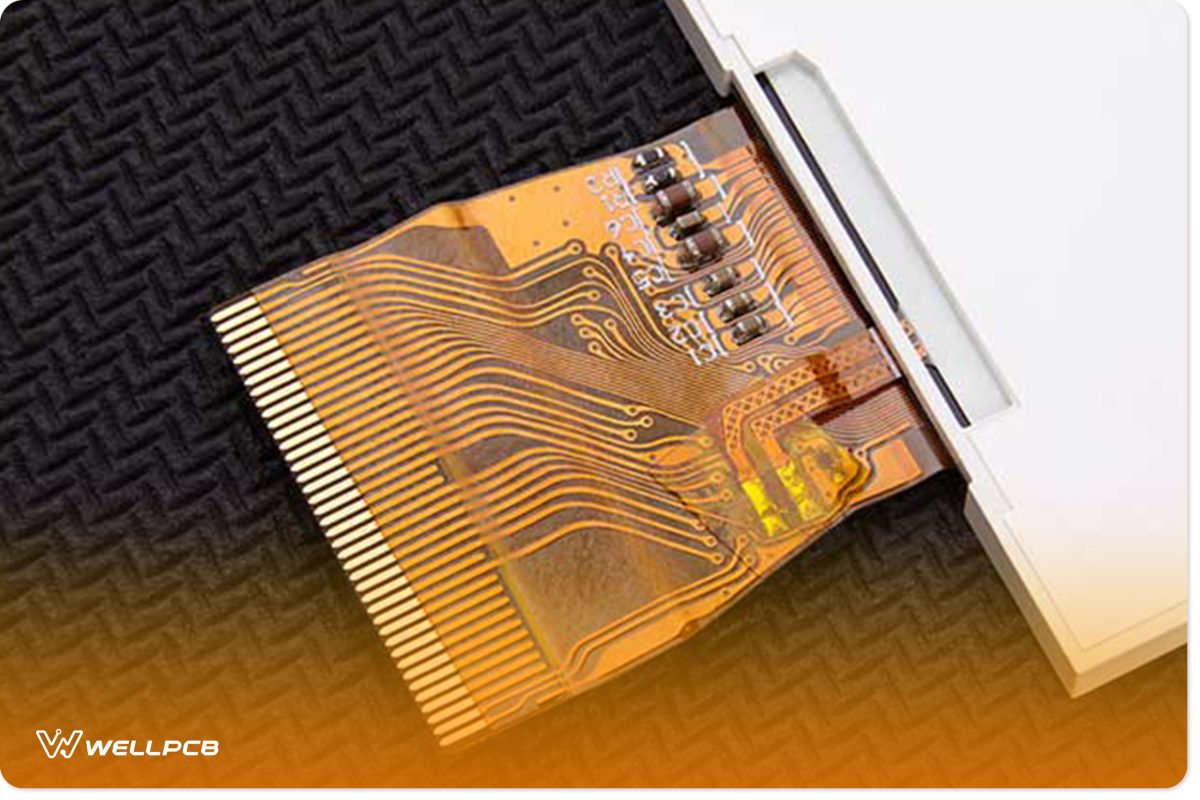
The fact that rigid-flex boards are so reliable made their use widespread throughout different industries and applications.
In the following list, we will only mention some of the industries where these products have been used for years:
- Consumer electronics – for example, hard drives commonly use rigid-flex boards. The reason is maintaining the high speeds that today’s PCs have for writing. You will also find these boards in other electronics, including appliances and other products.
- Commerce – whether you have a business that sells things in an online or offline store, you might need to use products with a PCB. For example, warehouses use scanning devices to keep track of the items.
- Medical devices – the high level of reliability of the printed circuit board is ideal for the pharmaceutical industry. That is where you need a high level of performance from a product, and these PCBs can deliver.
These are only some of the industries where rigid-flex boards are used. You can also find them in automotive devices, industrial machines, and other products.
They can be a great choice wherever you need a reliable board with a certain degree of flexibility, as well as situations when you are somewhat limited with available space for the board.
WellPCB is a company that can design rigid-flex PCBs for your needs. You can choose the desired dimensions and quantity and the number of layers from 2 to 12.
Customers can also pick the desired specifications for both rigid and flexible areas. That includes polyimide thickness, silkscreen color, finished copper thickness, and other details.
The company will ensure to process your order quickly and deliver the board in the shortest possible timeframe.
Choosing the Materials to Streamline Assembly of Flexible and Rigid-flex PCB
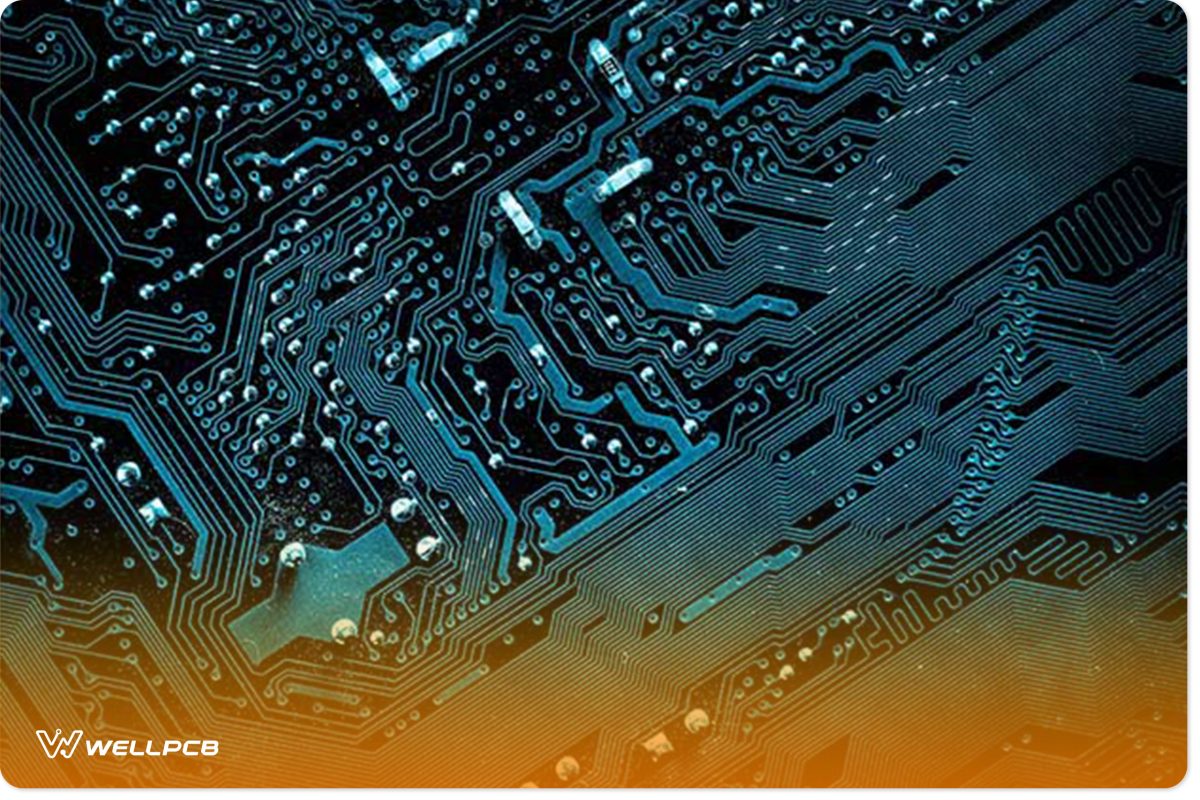
Each product’s performance depends on the quality of its materials, and a rigid-flex PCB is no different.
That is why one of the crucial decisions to secure optimal, reliable, and streamlined assembly of flexible boards is to choose the right materials.
The substrate material should have adhesive film and dielectric film, and they should both be flexible.
Substrate Material Types
You can find three different substrate materials that fit the requirements:
- Polyester – if you are going for an affordable solution, this can be a smart choice.
- Polyimide is the most frequent choice as it has a beautiful ratio of quality and cost.
- Fluoropolymer – a choice primarily used in aerospace and military projects where high-frequency applications are typical.
Polyimide is choice number one of most designers because it has an excellent dielectric constant while maintaining optimal mechanical and electrical properties. It does an excellent job of dealing with moisture by absorbing it, and it also has excellent resistance to elevated temperatures.
That is where polyester fails because it is not nearly as resistant to high temperatures.
That is why it may be the wrong choice in terms of reliability, and you should only choose it if you are sure that it can meet your product’s requirements.
What You Should Know About the Manufacturing Technology of a Rigid-Flex PCB
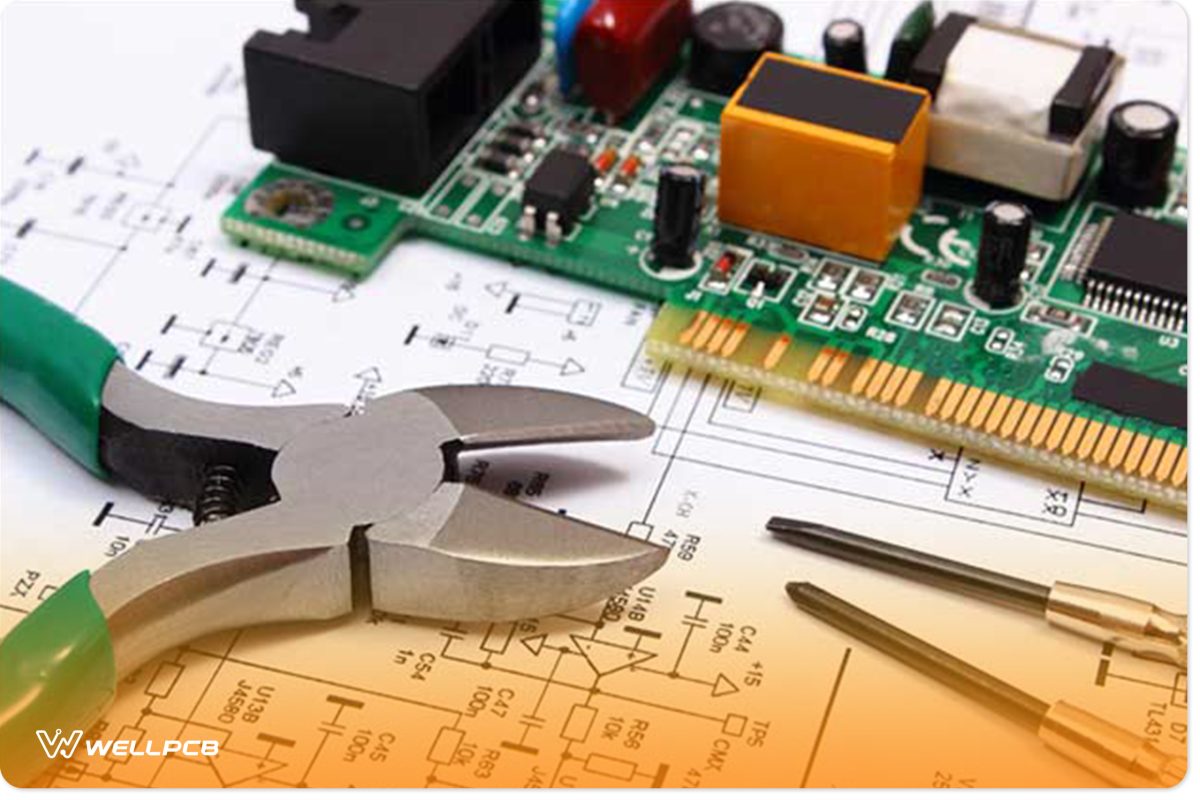
The basic idea of rigid-flex PCB manufacturing is in one thing – stacking up layers. The goal is to stack up against the coatings while ensuring that they are connected with plated through holes.
You do that by choosing the rigid and flexible slabs in the correct order.
Thanks to the fact that you don’t use the same connectors as in other electronic applications, you can reduce the board’s size. And the product overall.
Rigid-flex boards can take reliability to the next level because they can solve heat brought on by connectors and harnesses.
The manufacturers have been designing PCB boards using the stacking-up process for decades. The process was perfected over time, and today, most companies apply FR4 material as an external rigid board and protect the circuit pattern with a solder mask.
As for the plastic part, you should use copper to cover the double-layer board made of polyimide or another material of your choice.
It will be used as a flexible core, and the circuit pattern should be protected with an acrylic film. The next step is to laminate all those elements to manufacture aboard.
Embedded Manufacturing Technology
If you are looking to manufacture flexible printed circuit boards, you may want to know more about the so-called embedded technology.
The process involves printing a board by embedding units of a circuit into a rigid board. The next step is building up, and you should keep in mind that the connection between the rigid and flexible circuits depends on buried vias and blind vias.
The idea of embedded technology is to reduce flexible circuits’ size while maintaining a high level of reliability.
Thanks to this, you can minimize waste and streamline the assembly process while ensuring the same advantages that rigid and HDI boards have.
The crucial move lies in layering up after you embed the flexible circuit into a rigid board. That enables an improved usage rate of the flex substrate material.
In many applications, this approach solves issues related to manufacturing and helps to streamline the process. It also affects the waste rate positively, which can optimize the cost of manufacturing the desired boards.
Design Tips to Streamline Assembly of Flexible and Rigid-flex PCBs
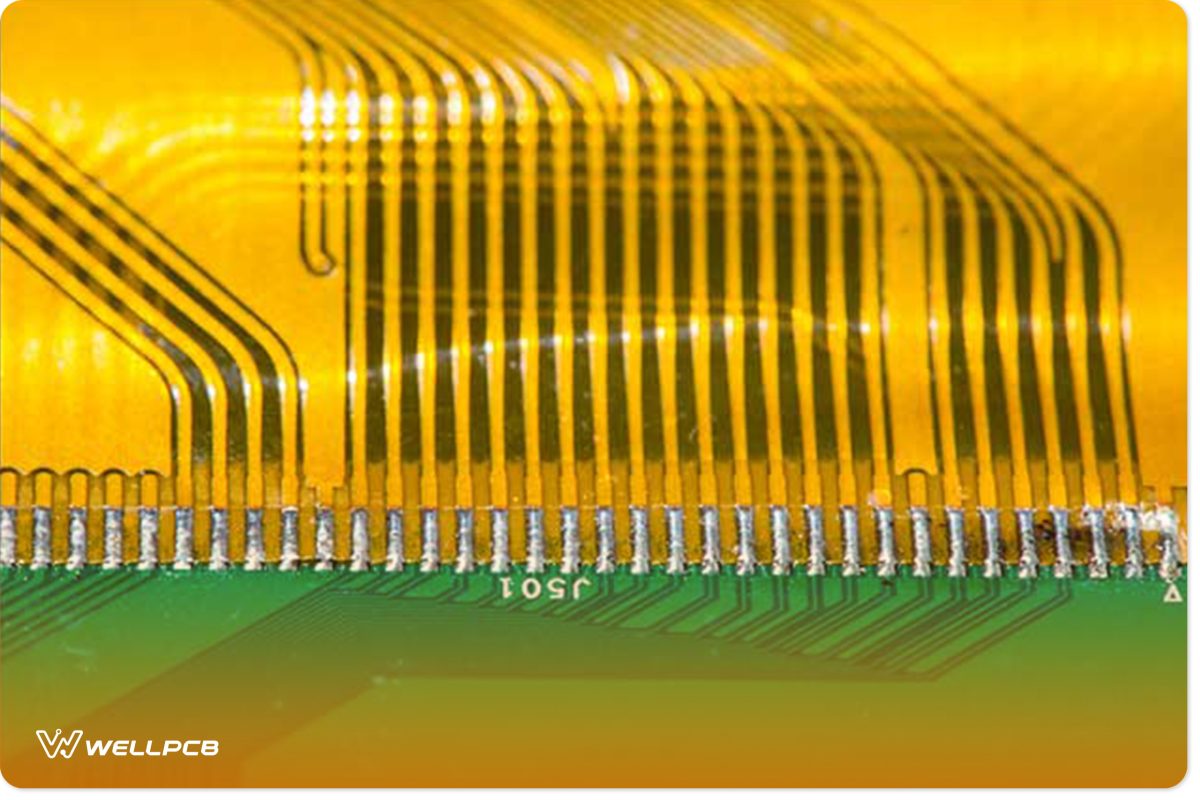
We already established that rigid-flex boards are a step forward in eliminating unnecessary interconnection cables and providing a convenient way of keeping maximum reliability while saving on space and cost.
You should know that the actual design process is not that different compared to a standard rigid board. The only difference is that you need to pay special care to the flexible component.
It is a wise move to use professional software to design a mockup, although you can even draw it on a piece of paper.
The idea is to confirm that the planned design fits the substrate material’s mechanical qualities.
Some other tips you may apply to streamline the assembly process include:
- Always place the conductors perpendicular to the band radius. Thanks to this, you will achieve additional flexibility and reliability of the product.
- Don’t forget to use a stiffener to stiffen the termination zones.
- Instead of using solid planes, go with a crosshatch pattern when shielding.
- Bend areas shouldn’t have any through-holes near them.
Conclusion
Rigid-flex PCB offers many advantages over standard printed circuit boards.
If you are looking for a way to enhance reliability by removing connectors and reducing solder joints, Rigid-flex committees can meet your expectations.
Make sure to apply the design tips and other things learned from this article, streamline the assembly, and make the entire manufacturing process quicker and more comfortable.
As long as you choose the right company to handle the construction, you will be on the right path to having a reliable product on the market quickly!





